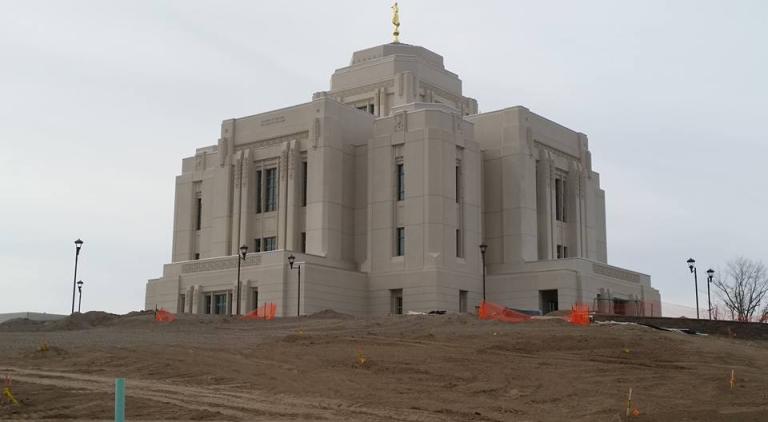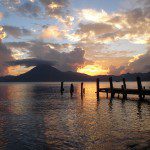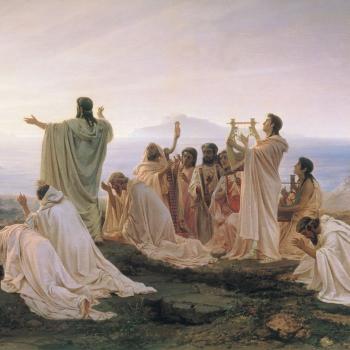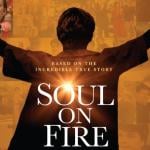
(Wikimedia Commons public domain photo)
It’s Friday, so (of course) a new article has been published by Interpreter: A Journal of Mormon Scripture:
“Their Imperfect Best: Isaianic Authorship from an LDS Perspective”
We hope you enjoy your weekend.
***
In the meantime, I enjoyed this beautiful drone video of the Meridian Idaho Temple, which is soon to be dedicated:
http://ldschurchtemples.org/meridian/video/
***
And, speaking of temples, here’s a nice list:
“7 Books That Will Help You Better Understand the Temple”
Of course, I personally would add to this list several additional books by people like Hugh Nibley and Mircea Eliade. But that’s a discussion for another day.
***
And you might enjoy this, as well:
“Learning from the Ancient Tabernacle”
***
On, umm, rather a different note, here’s a fun (but true) 2.5-minute video that Doug Ealy called to my attention:
***
Finally: Last night, I finished reading Matthew J. Grow and R. Eric Smith, eds., The Council of Fifty: What the Records Reveal about Mormon History. I found the book quite interesting, and I gained some helpful new insights from it. I share a passage from the book’s final essay, “The Council of Fifty and the Search for Religious Liberty,” by W. Paul Reeve:
On July 22, 2014, I received a brief email from Peggy Fletcher Stack, the award-winning religion reporter at the Salt Lake Tribune. “Paul, I am doing a short piece on Mormon pioneers for Tuesday. Would you be willing to send me three surprising or intriguing facts about the pioneers and the trek that most people don’t know? I don’t need anything lengthy, just a paragraph on each.
In response, I sent Peggy the following paragraph:
Considering the way in which some Pioneer Day talks in Mormon congregations sometimes conflate American patriotism with the Mormon arrival in the Salt Lake Valley, it seems evident that most Mormons today don’t realize the depth of mistrust and resentment some Mormon pioneers harbored toward the United States in 1846 and 1847. When the Mormons arrived in the Great Basin, they were actually arriving in northern Mexico. They crossed an international border and were fleeing the United States. The U.S. war with Mexico was ongoing. When some Mormons first learned of that war, they hoped Mexico would win. Pioneer Hosea Stout, for example, wrote in his diary, “I confess that I was glad to learn of war against the United States and was in hopes that it might never end untill [sic] they were entirely destroyed for they had driven us into the wilderness & was now laughing at our calamities.
After Stack’s story appeared in print and was subsequently passed around on Facebook, a bit of a dustup ensued. A few people on Facebook wanted me to know that their Mormon pioneer ancestors were loyal Americans and that I had done them a disservice in the way that I had characterized the mistrust and resentment that some pioneers harbored toward the United States. After now having read the Council of Fifty minutes, if I had to answer Stack’s request today, I would suggest that my original answer, if anything, understated the mistrust and resentment some Mormons bore toward the United States. I would amplify the degree and depth of mistrust — and even outright rejection — of the United States and its Constitution that animated the Council of Fifty’s attitude.










